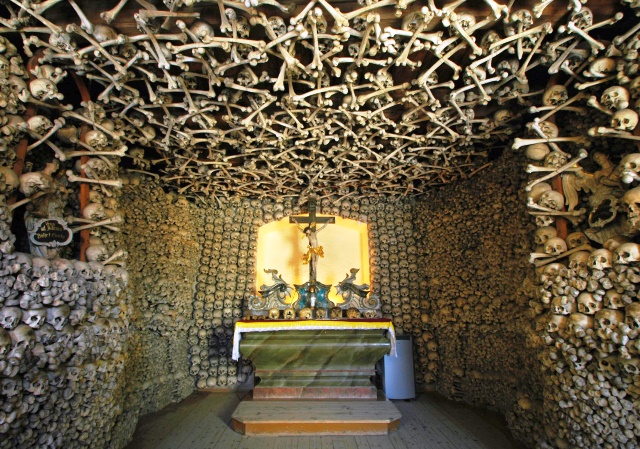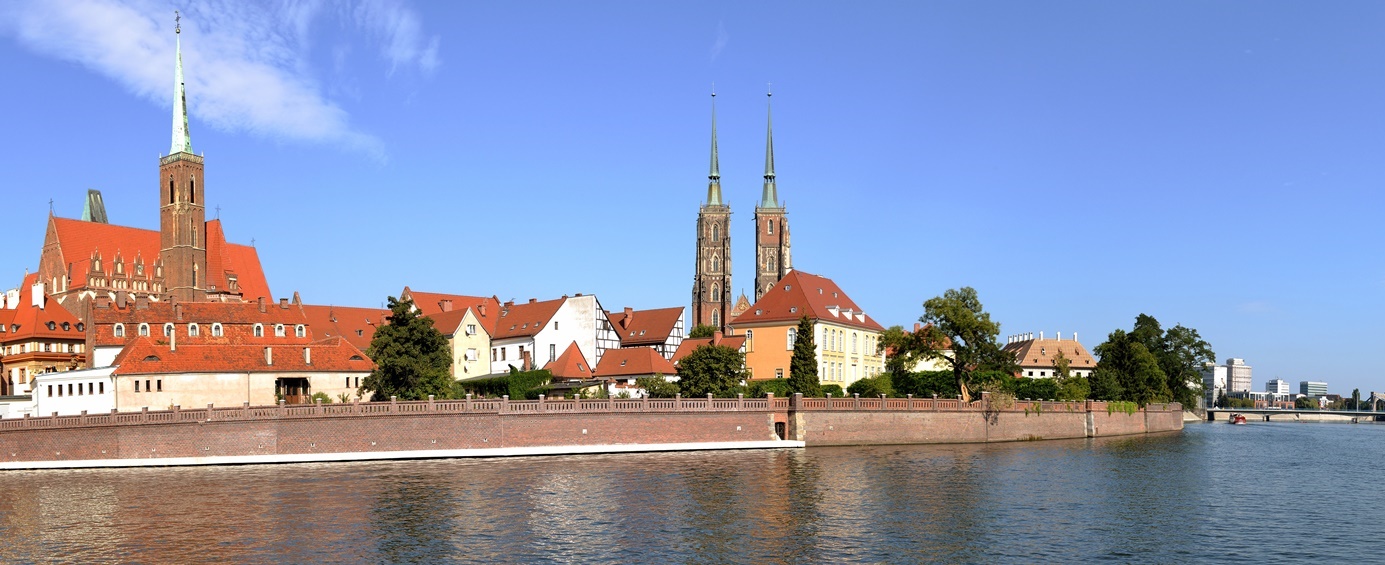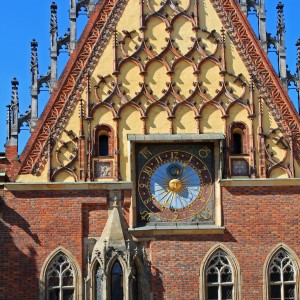WROCŁAW & SURROUNDINGS
Old Town
Visit to Ostrów Tumski – the oldest part of Wrocław where the episcopate was established in year 1000. See its numerous Gothic churches, the most precious of which, St John the Baptist Cathedral, founded in 1244, has remnants of the first, Romanesque church.
Walk through the Old Town with its beautiful Town Hall erected in 1241, now a museum, and many picturesque Renaissance and Baroque tenement houses.
Stop at Wrocław University with its ornate Baroque Aula Leopoldina constructed in the 18th century, bedecked with paintings, sculpture, and gold-plated stuccoes. Visit to “People’s Hall”, a modernist concert hall by Max Weber (1913), with a capacity of 6000 seats.
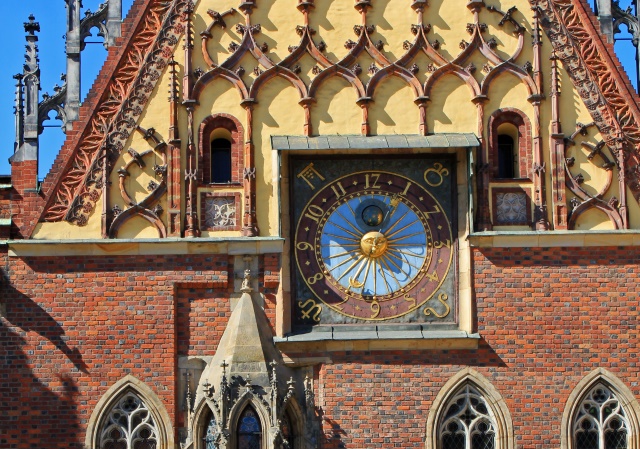

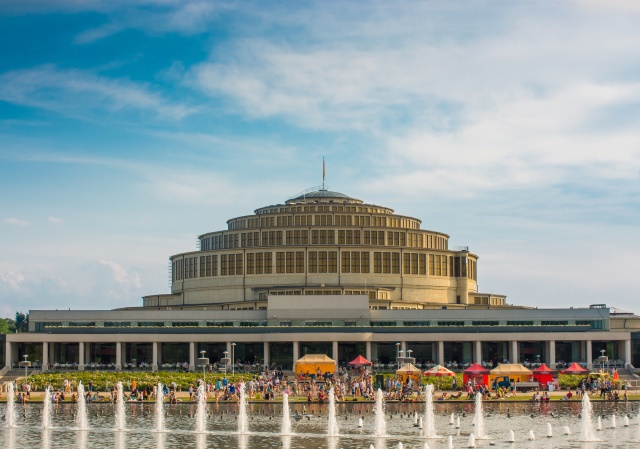
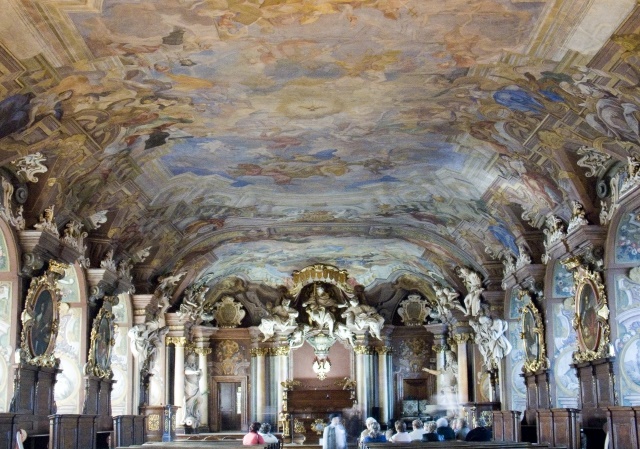
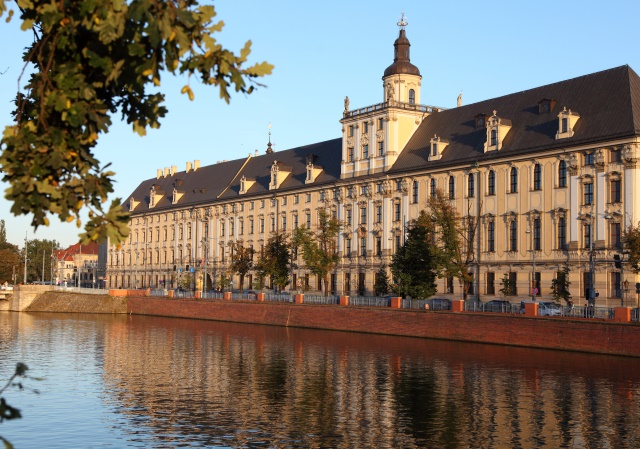
Panorama Raclawicka
This huge (120 x 15 m) painting “Battle of Racławice” by Jan Styka depicts the most important battle of the Kościuszko Uprising in 1794 against the Russians.
The round shape of the painting makes viewers feel like they are in the middle of the battle, with special sound effects and voice (multilingual) from the earphones guiding them through the important scenes of the battle.
There is an exhibition of uniforms and weapons of various military formations from the period.
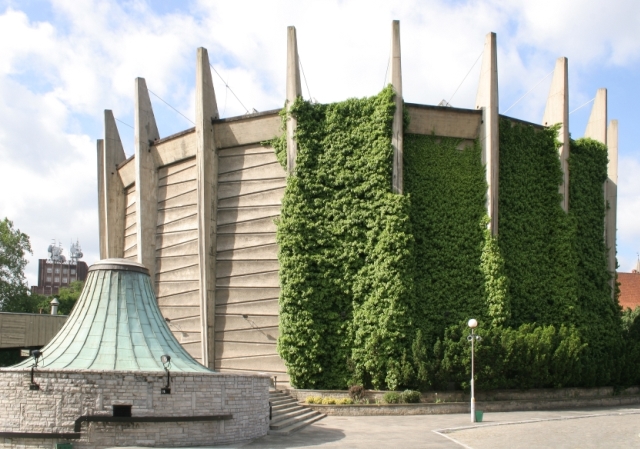
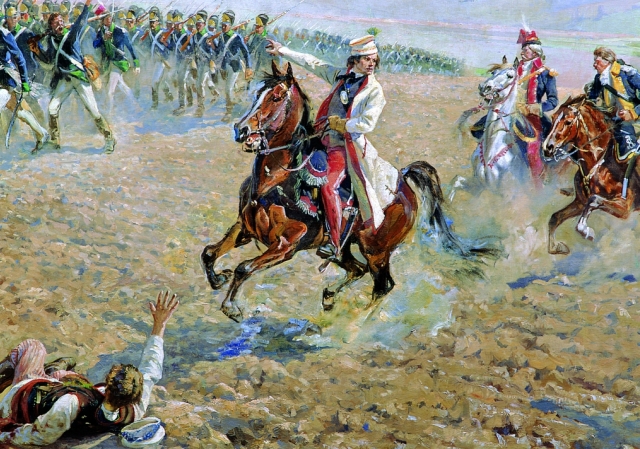
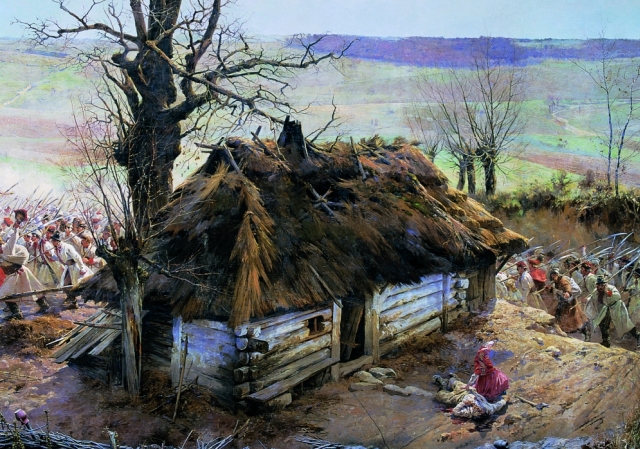

Książ castle
1–hour drive south-west to Książ. En route stop at Ślęża – the site of an ancient Slavonic pagan cult, with preserved sculptures dating back to 1300– 400 BC.
Continue to Książ, the 13th century fortress of the Piast Dukes and the seat of Von Hochberg family since the 16th century. Tsar Nicolai II of Russia and Winston Churchill were guests here.
Walk through the beautiful 15–acre park and have lunch at a castle restaurant. On the way back to Wrocław, stop at Rogoźnica to see the remnants of former Nazi Concentration Camp Gross-Rosen and monument commemorating its victims.




Churches of Peace – UNESCO
Built in the 17th century in Swidnica and Jawor after a Catholic emperor Ferdynand Habsburg had granted the Lutherans the right to construct three temples. The unusual shape of the churches comes from the limitations the Lutherans had to observe: the building could not resemble a traditional Christian temple, could not be constructed of long–lasting materials as brick or stone, could not have towers or bells. Additionally they had to be located outside the city walls but close enough to be reached by a cannon shoot. Time limit to accomplish construction was one year. Results are simply amazing. A private organ concert is highly recommended.



Karkonosze
2–hour drive to the west to see the beautiful Karkonosze Mountains. En route stop in Legnica – an ancient stronghold founded before year the 1000, famous for the battle with the Tartars in 1241, which halted their conquest of Europe. Walk through the Old Town with Baroque Town Hall, Renaissance houses and SS Peter and Paul Cathedral. Visit to the 13th century Castle.
In Karpacz a chairlift takes you to the summit at Kopa to admire the beautiful panorama of the Karkonosze Mountains. Visit to two grottoes in Raven Rocks (Krucze Skały). Visit to Wang Temple – a wooden church constructed in Norway in the 13th century, brought here in 1841 by Frederick Wilhelm. The most precious, original elements are made of Norwegian pine and contain characteristic Viking ornaments.
On the way back, stop in Jelenia Góra – the ancient stronghold founded in the 12th century. The city centre has Baroque houses decorated with arcades and a Gothic church dating back to the 14th century.

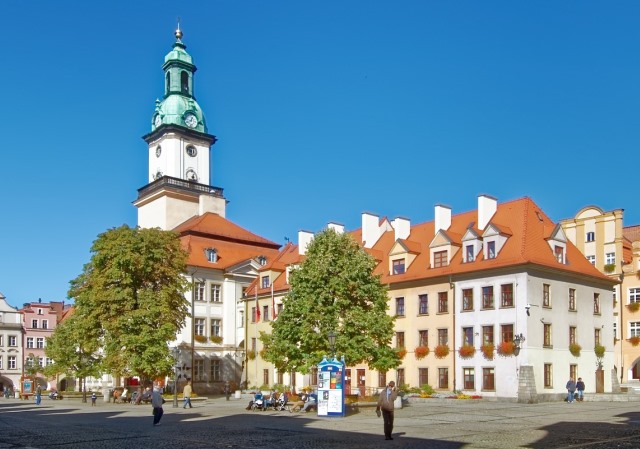
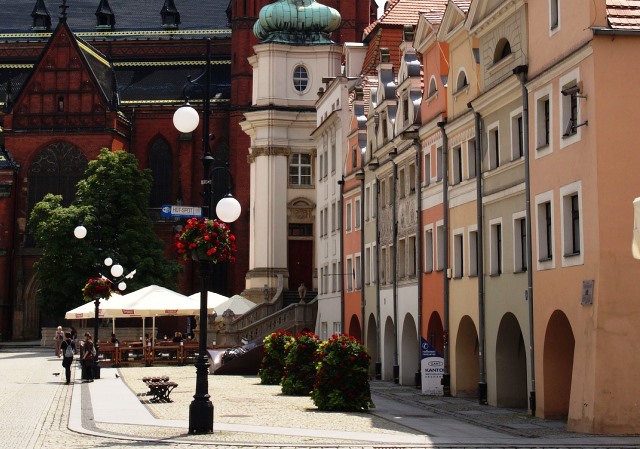
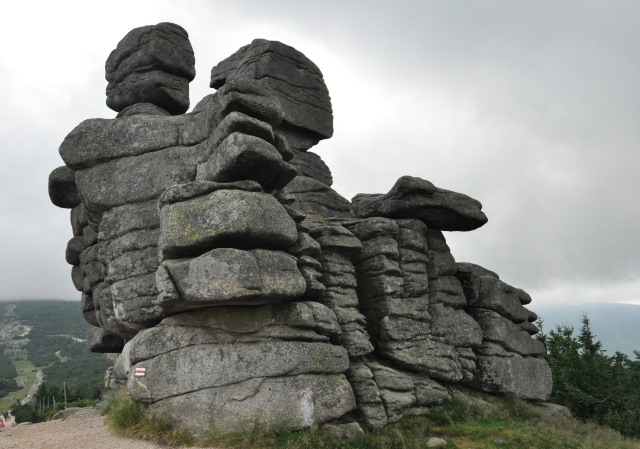

Kłodzko Valley
A 1.5–hour drive south, en route stop in Henryków to visit a former Cistercian monastery dating back to the 13th century. Visit to the early Gothic church with a Baroque interior.
Walk through Kłodzko – one of the oldest settlements in Silesia, mentioned in 981 as a border stronghold; Old Town Square with Renaissance and Baroque houses; nearby a stone bridge resembling the famous Charles Bridge in Prague.
On the way back to Kraków we can stop in Duszniki – a spa famous for its annual August Chopin festivals, commemorating the famous composer’s stay and the charity concert he gave there in 1826.

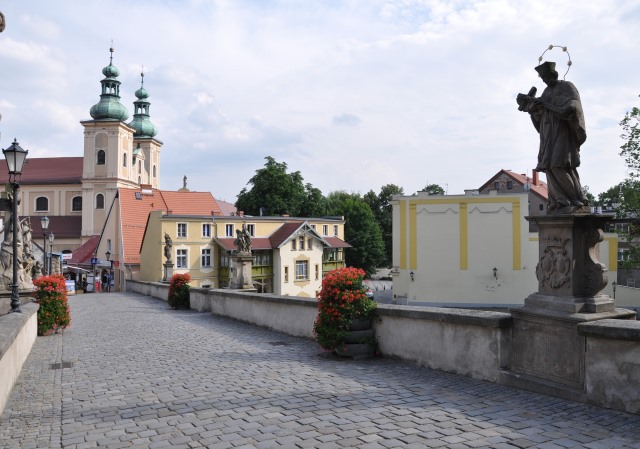
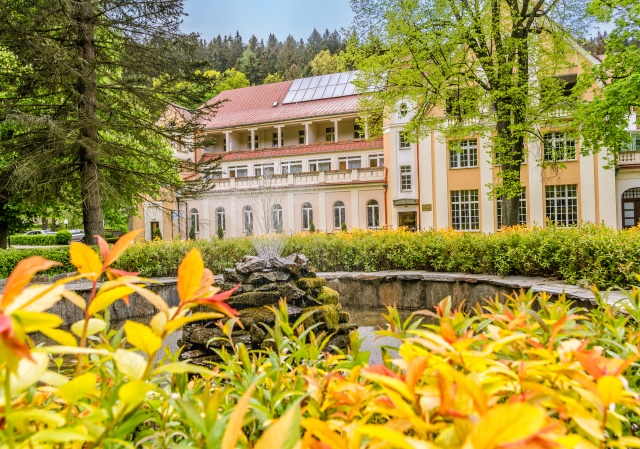
Skulls Chapel in Kudowa Zdroj
This is the only such venue in Poland, and one of only three in Europe (the others are in Rome and Kutna Hora in the Czech Republic). It was built in 1766 by a Polish priest.
The Chapel is lined with the skulls and bones of 3000 victims of the Thirty Years’ War and the cholera, while the crypt holds a further 21 thousand.
